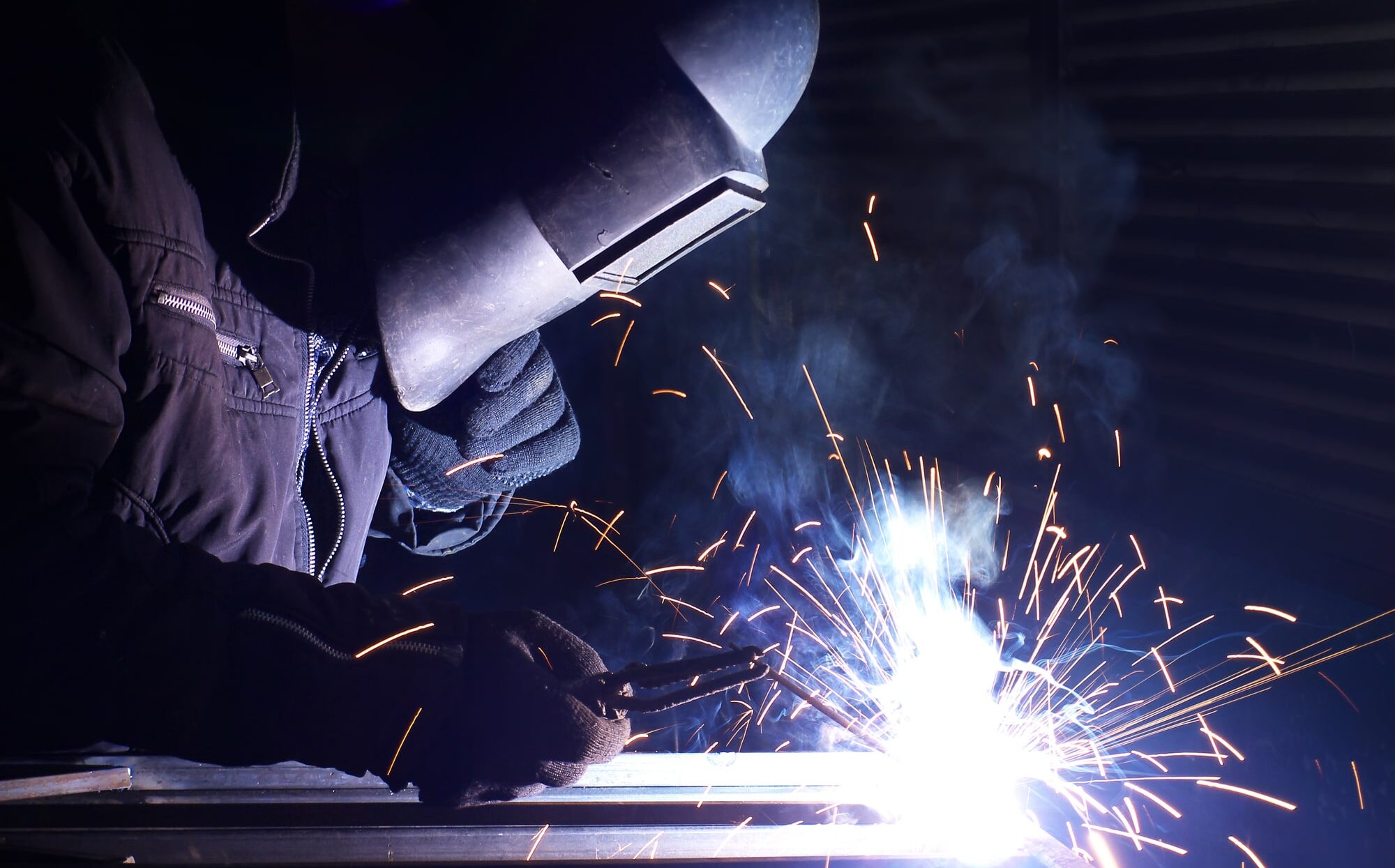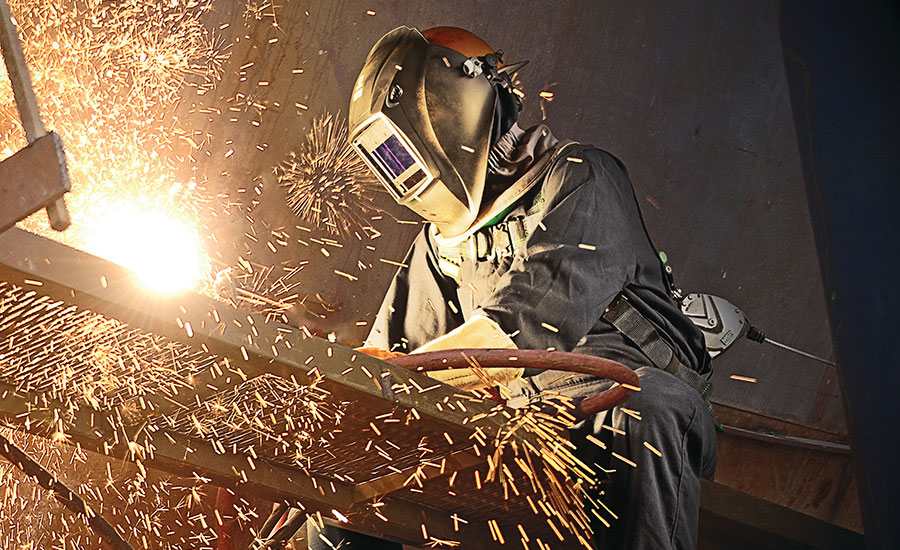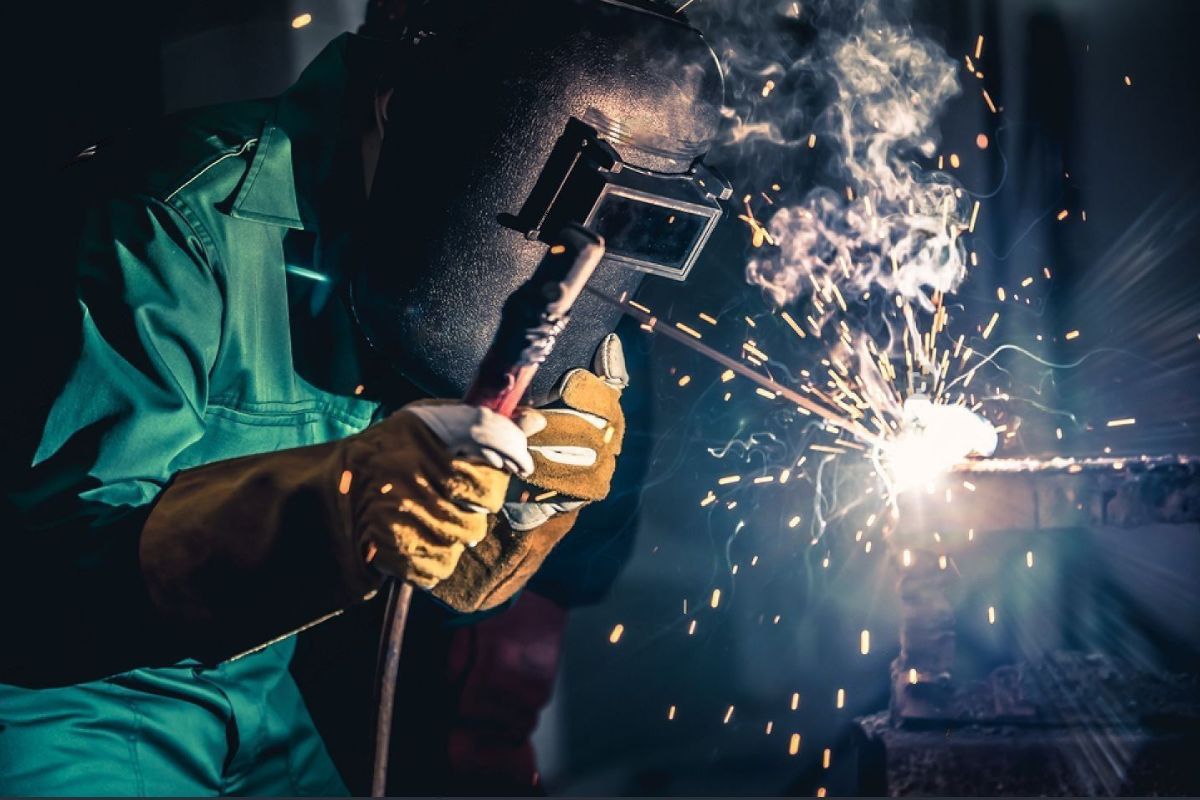Maximizing Your Welding WPS: Techniques for Improved Efficiency and Efficiency
Maximizing Your Welding WPS: Techniques for Improved Efficiency and Efficiency
Blog Article
Unlocking the Power of Welding WPS: Techniques for Efficiency and Safety And Security in Manufacture
In the realm of manufacture, Welding Procedure Requirements (WPS) stand as the backbone of welding operations, dictating the required steps for attaining both performance and safety in the fabrication process. Recognizing the intricacies of WPS is extremely important to harnessing its complete potential, yet many companies struggle to unlock the true power that lies within these records (welding WPS). By delving into the strategies that enhance welding WPS, a globe of boosted productivity and increased safety waits for those willing to check out the subtleties of this crucial element of manufacture

Significance of Welding WPS
The significance of Welding Procedure Specs (WPS) in the manufacture sector can not be overstated. WPS work as a crucial roadmap that outlines the required steps to guarantee welds are executed constantly and properly. By defining essential criteria such as welding processes, materials, joint layouts, preheat temperature levels, interpass temperature levels, filler steels, and post-weld warm treatment demands, WPS provide a standard technique to welding that improves effectiveness, quality, and safety and security in fabrication processes.
Adherence to WPS helps in accomplishing harmony in weld high quality, decreasing the likelihood of issues or architectural failings. This standardization likewise promotes conformity with sector laws and codes, ensuring that produced frameworks meet the required security requirements. Moreover, WPS documents enables welders to reproduce effective welding treatments, causing constant results throughout various tasks.
Fundamentally, the meticulous development and stringent adherence to Welding Procedure Requirements are extremely important for upholding the stability of welded structures, guarding versus possible hazards, and maintaining the reputation of manufacture firms for providing high-grade product or services.
Trick Components of Welding WPS

Enhancing Efficiency With WPS
When optimizing welding procedures, leveraging the essential elements detailed in Welding Procedure Requirements (WPS) ends up being essential for streamlining processes and making best use of efficiency. One method to boost efficiency with WPS is by meticulously picking the ideal welding specifications. By sticking to the details guidelines offered in the WPS, welders can make sure that the welding devices is established appropriately, leading to regular and top notch welds. Additionally, following the pre-approved welding sequences outlined in the WPS can substantially reduce the moment invested in each weld, eventually enhancing total performance.
Frequently examining and upgrading the WPS to integrate any kind of lessons discovered or technological improvements can additionally add to efficiency enhancements in welding operations. By embracing the guidelines set forth in the WPS and constantly seeking methods to maximize processes, producers can achieve higher performance degrees and premium end outcomes.
Ensuring Safety in Fabrication

Safety and security procedures in fabrication play a crucial function in guarding employees and enhancing this hyperlink functional procedures. Ensuring security in construction involves a multifaceted approach that includes numerous aspects of the welding procedure. One basic facet is the provision of personal safety devices (PPE) customized to the certain hazards existing in the manufacture setting. Welders must be equipped with suitable equipment such as headgears, handwear covers, and safety clothes to mitigate risks linked with welding tasks.
In addition, adherence to correct air flow and fume removal systems is important in keeping a healthy job atmosphere. Welding fumes have harmful compounds that, if breathed in, can present major health risks. Executing effective air flow procedures assists to reduce direct exposure to these dangerous fumes, advertising breathing health and wellness among employees.
Normal equipment maintenance and inspections are additionally important for guaranteeing safety in manufacture. Damaged machinery can result in mishaps and injuries, underscoring the relevance of regular checks and prompt repair work. By prioritizing precaution and promoting a society of awareness, construction facilities can develop a safe and secure and efficient job atmosphere for their employees.
Carrying Out WPS Finest Practices
To improve operational efficiency and make certain quality end results in fabrication procedures, incorporating Welding Procedure Requirements (WPS) ideal techniques is extremely important. Selecting read the full info here the ideal welding procedure, filler product, and preheat temperature level defined in the WPS is critical for achieving the wanted weld quality. Making certain that certified welders with the essential certifications carry out the welding treatments according to the WPS guidelines is necessary for consistency and reliability.
Final Thought
In final thought, welding WPS plays a crucial duty in guaranteeing efficiency and security in construction procedures. By following these approaches, companies can open the complete capacity of welding WPS in their fabrication procedures.
In the realm of fabrication, Welding Procedure Specs (WPS) stand as the backbone of welding operations, dictating the needed steps for accomplishing both efficiency and safety and security in the construction process. By specifying important specifications such as welding procedures, materials, joint layouts, preheat temperature levels, interpass temperature levels, filler metals, and post-weld warmth therapy demands, WPS give a standardized technique to welding that boosts efficiency, quality, and security in fabrication procedures.

When enhancing welding procedures, leveraging the crucial elements detailed in Welding Treatment Specifications (WPS) comes to be crucial for simplifying procedures and maximizing productivity. (welding WPS)
Report this page